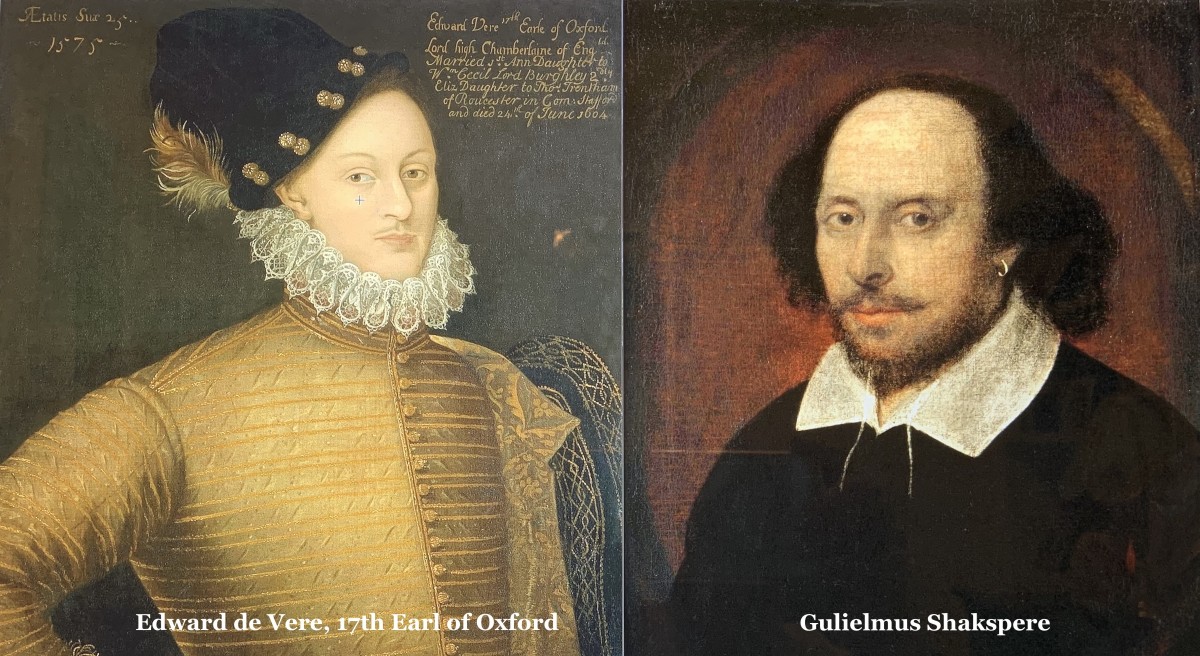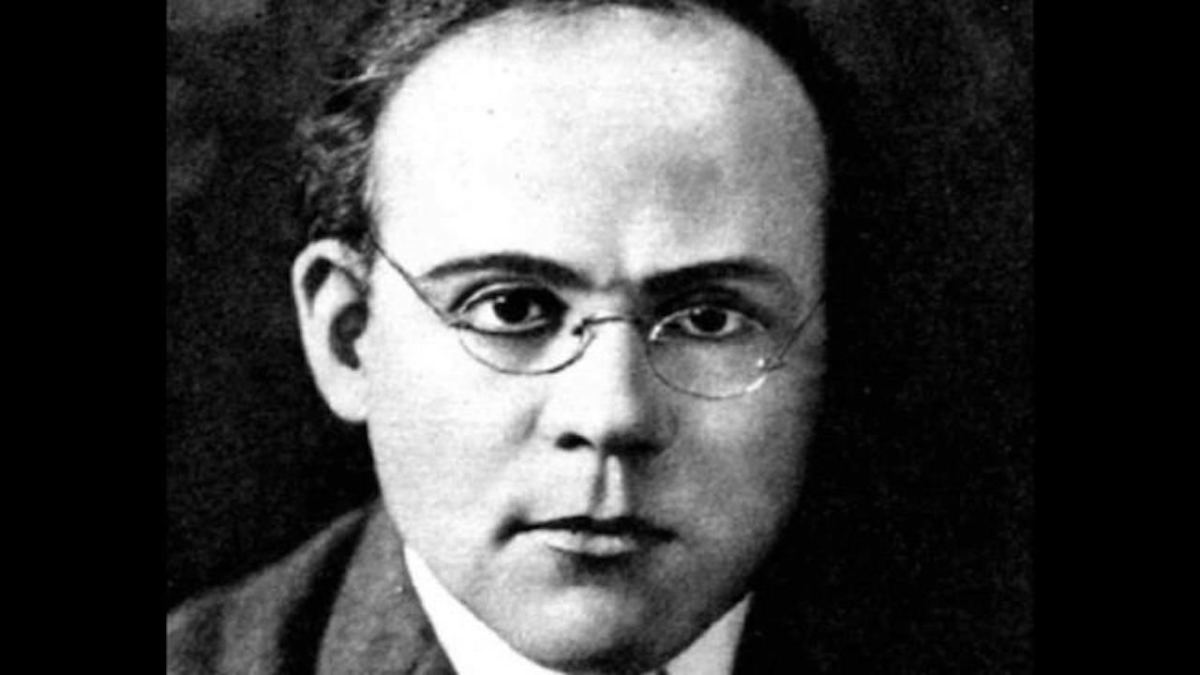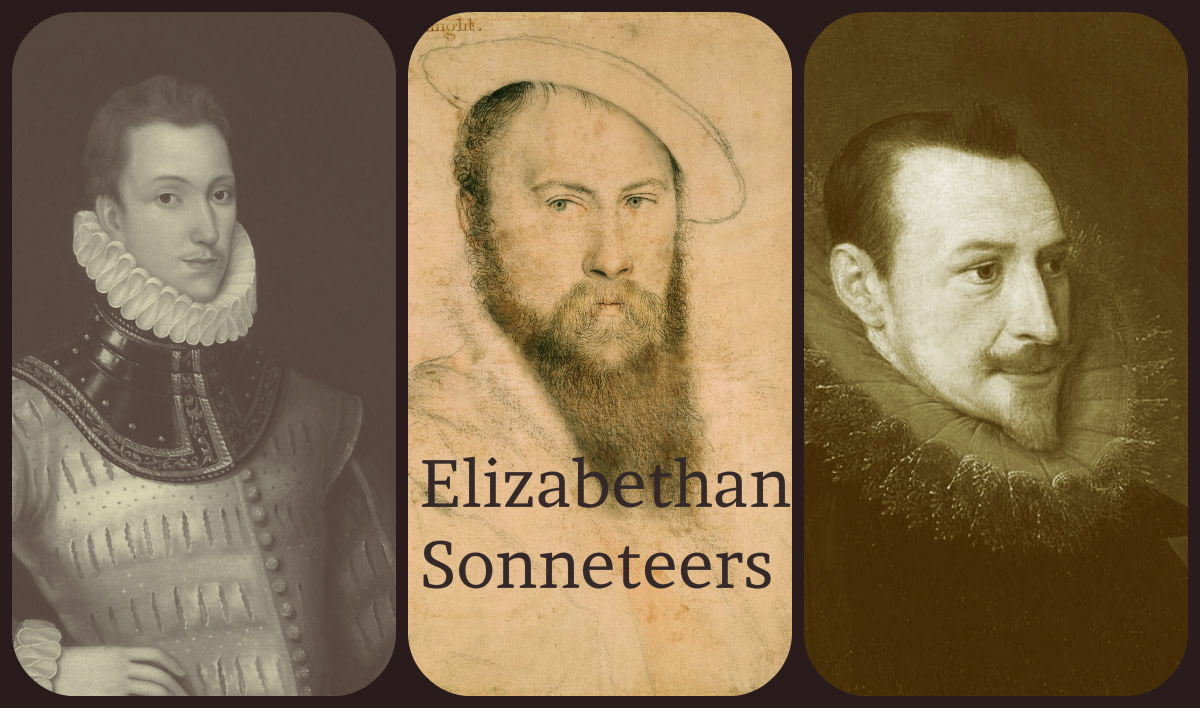Shakespeare Sonnet 59 "If there be nothing new, but that which is"

Introduction and Text of Sonnet 59 "If there be nothing new, but that which is"
In sonnet 59 from the thematic group, "The Muse Sonnets," in the classic Shakespeare 154-sonnet sequence, the speaker is exploring the nature of creativity vis-à-vis originality. What implications follow from the premise that there is no such thing as originality?
Why should an artist even bother, if he cannot, in fact, truly create anything new? This speaker's mind has truly taken a turn for the bizarre. He is, of course, roaming into territory from which he can return only with speculations. Clearly, his own pride is at stake here.
No doubt this speaker has long thought himself creating original works. And it is likely that someone has pointed out to him that originality is impossible according to biblical lore. Instead of dismissing such a notion, however, the speaker muses on it and creates one of his colorful, little sonnet-dramas.
What does he have to lose? If there is truly no originality in creation, at least his poems are new to him. The speaker still possesses the delicious knowledge that his little dramas are well-crafted and likely to please appreciative reading audiences many years hence.
Sonnet 59 "If there be nothing new, but that which is"
If there be nothing new, but that which is
Hath been before, how are our brains beguil’d,
Which, labouring for invention, bear amiss
The second burden of a former child!
O! that record could with a backward look,
Even of five hundred courses of the sun,
Show me your image in some antique book,
Since mind at first in character was done!
That I might see what the old world could say
To this composed wonder of your frame;
Whe’r we are mended, or whe’r better they,
Or whether revolution be the same.
O! sure I am, the wits of former days
To subjects worse have given admiring praise.
Shakespeare Sonnet Titles
In the Shakespeare 154-sonnet sequence, the sonnets are numbered but not titled; that lack of titling is the case with most sonnet sequences. Therefore, each sonnet's first line must serve as its title in commentaries about the sonnet. According to the MLA style guide, "When the first line of a poem serves as the title of the poem, reproduce the line exactly as it appears in the text." APA, the style guide used by this site, does not address this issue.
Commentary on Sonnet 59 "If there be nothing new, but that which is"
The speaker in this sonnet is contemplating the idea true originality may not exist. What artists create is already in existence—how does this fact affect the artist? Or does the very claim itself simply result from a paradox?
First Quatrain: Nothing New
If there be nothing new, but that which is
Hath been before, how are our brains beguil’d,
Which, labouring for invention, bear amiss
The second burden of a former child!
In sonnet 59, the claim, "there is no new thing under the sun" (Ecclesiastes 1:9), finds expression in the speaker’s assertion, "If there be nothing new, but that which is / Hath been before," and he says if this assertion is true, how odd it is that we become enthralled after bringing forth a re-creation.
It seems odd at first that a creative artist would consider himself creative, if, in fact, he were merely creating what he, or someone else, earlier had already created. Is that not the very definition of copyright infringement or plagiarism? While ideas can be plagiarized, they cannot be copyrighted.
One cannot copyright an idea, only the form in which the idea is displayed or revealed. This speaker's concern is, in fact, somewhat trivial. As long as he is not directly or indirectly influenced by an already written text before him, he is not subject to his notion that "beguil’d" brains are merely giving birth a second time to a "former child."
The issue of form vs content becomes a sticky one when applied to plagiarism. While ideas cannot be copyrighted, they are often so tightly bound up in the form in which they have appeared that a copied text—which does reveal plagiarism— can be revealing that the thief who stole the text is also stealing an idea.
Second Quatrain: Sonnet Doppelgänger
O! that record could with a backward look,
Even of five hundred courses of the sun,
Show me your image in some antique book,
Since mind at first in character was done!
The speaker yearns to look back in some "antique book" and see the corresponding sonnet that came before his own. He wonders what the earlier version would be like, what people thought and said about the older version.
Because "mind at first in character was done," he has to wonder how many returns of that sun, under which there is nothing new, perhaps "five hundred courses" or even more, might have elapsed since the similar artist created a similar verse, which now renders his own a mere "second burthen."
The speaker has obviously taken the notion to a seemingly logical but factually absurd conclusion. The fact that nothing new exists does not mean that if he writes a sonnet in 1590, there already exists an exact sonnet that was written around 1090. The clever speaker, alas, likes to play around with notions—whether they correspond to reality or whether they tilt reality to a new vision.
Third Quatrain: The Evolving Sonnet Form
That I might see what the old world could say
To this composed wonder of your frame;
Whe’r we are mended, or whe’r better they,
Or whether revolution be the same.
The concerned speaker muses on what "the old world could say" about the sonnet form, "wonder of your frame." He wonders if his generation has improved on the form or if they were actually better at it long ago. Or there is also, of course, the possibility that the former and the latter are equal in stature.
The artist cannot help but wonder about the technical advances that he observes. He may be tempted to think his own modern methods are surely superior. However, the speaker knows that he has no way of judging them, because written records are deleted from the cosmos after several hundred centuries have passed.
The speaker has now brought his ideas back to an area of possibility as he addresses the issue of the form itself and not its exact duplicate. Whether the sonnet form itself has improved offers a useful and logical issue for contemplation.
The Couplet: The Literary Wit
O! sure I am, the wits of former days
To subjects worse have given admiring praise.
In the couplet, the speaker quips that his attempt to match wits with earlier forms of his art is not as impractical as one might first think. The clever speaker asserts that worse subjects have been admired, even praised. This speaker then finds solace in all of his musings, even if he cannot make absolute conclusions.
The speaker’s muse remains intact, even if he cannot claim absolute originality in his creations. The speaker can remain fairly assured that the notion of no two things in the cosmos being exactly alike is playing in his favor.
Thus, the speaker has brought the conundrum to an end by asserting another widely bandied about paradox. One would have to wonder about the disconnect between the idea that nothing is ever original and no two things are ever exactly alike.
Instead of clearly elucidating both concepts, however, he merely shrugs his shoulders and avers that people have admired such ideas despite their inability to prove them right or wrong. As a poet, he is merely creating his little dramas, not concocting some scientific study filled with equations and numbers. Letters suit him just fine.

Related Shakespeare Information
- Introduction to the Shakespeare 154-Sonnet Sequence - The Shakespeare 154-sonnet sequence offers a study of the mind of a poet. The first 17 have a speaker persuading a young man to marry and produce lovely offspring. Sonnets 18–126 address issues relating to talent and art creation.
- "William Shakespeare": Nom de Plume of Edward de Vere, 17th Earl of Oxford - The Shakespeare controversy continues to play out between the Oxfordians, who argue that the "Shakespeare" writer was Edward de Vere, 17th Earl of Oxford, and the Stratfordians, who insist that Gulielmus Shakspere of Stratford-upon-Avon remains the writer of that canon.
Commentaries on Other Shakespeare Sonnets
- Shakespeare Sonnet 1 "From fairest creatures we desire increase." DiscoverHubPages. Original: February 13, 2023. Updated: January 11, 2024. - EXCERPT: The Shakespeare sonnet sequence features 154 Elizabethan sonnets (also known as English or Shakespearean). The first sonnet "From fairest creatures we desire increase" begins the focus on the young man, and the speaker will continue that engagement in sonnets 1-17.
- Shakespeare Sonnet 4 "Unthrifty loveliness, why dost thou spend." DiscoverHubPages. Original: February 26, 2023. Updated: January 10, 2024. - EXCERPT: Sonnet 4 from"The Marriage Sonnets" in the classic Shakespeare 154-sonnet sequence, find the speaker engaging a finance metaphor to enhance the drama of his argument.
- Shakespeare Sonnet 5 "Those hours, that with gentle work did frame" DiscoverHubPages. Original: February 27, 2023. Updated: January 10, 2024. - EXCERPT: The speaker of Shakespeare sonnet 5 continues fashioning his little dramas, persuading the young man that he must marry and procreate to preserve his youth and thus attain a certain imagined version of immortality.
- Shakespeare Sonnet 18 "Shall I compare thee to a summer’s day?" Owlcation. Original: October 12, 2023. Updated: January 22, 2024. - EXCERPT: Shakespeare sonnet 18 "Shall I Compare Thee to a Summer’s Day" is one of the bard’s most widely anthologized—and most widely misunderstood—sonnets. There is no person in this sonnet: the speaker is not comparing/contrasting the beauty of nature and the beauty of a paramour.
This content is accurate and true to the best of the author’s knowledge and is not meant to substitute for formal and individualized advice from a qualified professional.
© 2024 Linda Sue Grimes


